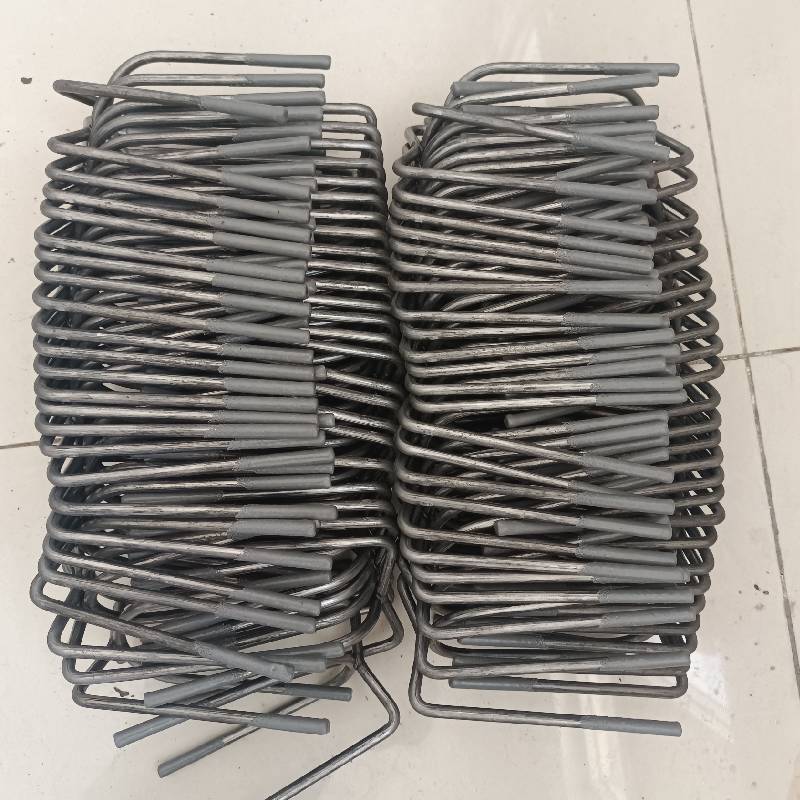
- Mobile Phone
- +8613931874955
- sales@cntcmetal.com
Choosing Effective Spacers for Strengthening Reinforcement Mesh in Construction Projects
The Role of Spacers for Reinforcing Mesh in Construction
In the dynamic field of construction, the integrity and strength of structures rely heavily on the methods used to reinforce concrete. One critical aspect of this reinforcement process involves the use of spacers for reinforcing mesh. These spacers play a pivotal role in ensuring that reinforcement grids are positioned correctly within the concrete mix, thus enhancing the overall durability and performance of the structure.
Understanding Reinforcing Mesh
Reinforcing mesh, often made from steel, serves as a framework that enhances the mechanical properties of concrete. Concrete, although strong in compression, is relatively weak in tension. This is where reinforcing mesh comes into play, as it provides the necessary tensile strength to handle various loads and stresses encountered during the life of a structure. The placement of this mesh within the concrete is essential; it must be embedded correctly to optimize its performance.
The Purpose of Spacers
Spacers are small support structures that ensure the reinforcing mesh is held at the correct depth within the concrete pour. They are typically made from concrete, plastic, or metal materials and come in various shapes and sizes to accommodate different mesh configurations. Proper use of spacers is paramount for a multitude of reasons
1. Depth Control Spacers help maintain the specified cover thickness of the concrete over the reinforcing mesh. This cover is crucial for protecting the steel from corrosion, which can compromise the structural integrity over time.
spacers for reinforcing mesh

2. Load Distribution By evenly distributing the load across the reinforcing mesh, spacers help to prevent shift or sagging during the pouring process. This ensures that the mesh remains steadfastly in position as the concrete cures.
3. Facilitation of Concrete Flow Adequate spacing allows concrete to flow freely around the mesh, ensuring a comprehensive bond between the reinforcement and the surrounding concrete. This bond is essential for achieving the intended structural performance.
4. Time Efficiency Using spacers minimizes the risk of misalignment or irregular placement of the reinforcing mesh, which can lead to time-consuming adjustments. Properly positioned spacers streamline the construction process, allowing for smoother operations and reducing labor costs.
5. Compliance with Standards Many construction codes and standards dictate specific requirements for reinforcing mesh placement. Using spacers ensures compliance with these regulations, which is vital for safety and liability considerations.
Conclusion
In conclusion, the use of spacers for reinforcing mesh is a fundamental practice in the field of construction that cannot be overlooked. They ensure that the reinforcement is correctly positioned, protect the mesh from corrosion, facilitate concrete flow, and contribute to overall structural integrity. As construction techniques continue to evolve, the importance of these seemingly minor elements remains critical in delivering durable, safe, and long-lasting structures. Ultimately, the attention given to the small details, such as the use of spacers, plays a significant role in the broader success of construction projects. Ensuring the correct application of spacers can lead to enhanced performance and reliability of concrete structures, providing peace of mind for engineers, builders, and end-users alike.
share:
-
Your Source for Concrete Wall Ties and Masonry AccessoriesNewsJul.10,2025
-
Unlocking the Power of Iron Wire for Every ProjectNewsJul.10,2025
-
Explore Advanced Chain Wire and Stainless Steel Mesh FencingNewsJul.10,2025
-
Discover the Benefits of Annealed Wire ProductsNewsJul.10,2025
-
Discover China Stainless Steel Wire Mesh SolutionsNewsJul.10,2025
-
Build with Confidence Using High-Performance Masonry AccessoriesNewsJul.10,2025
-
Why Sacrificial Formwork Is Redefining Underground ConstructionNewsJun.06,2025



















